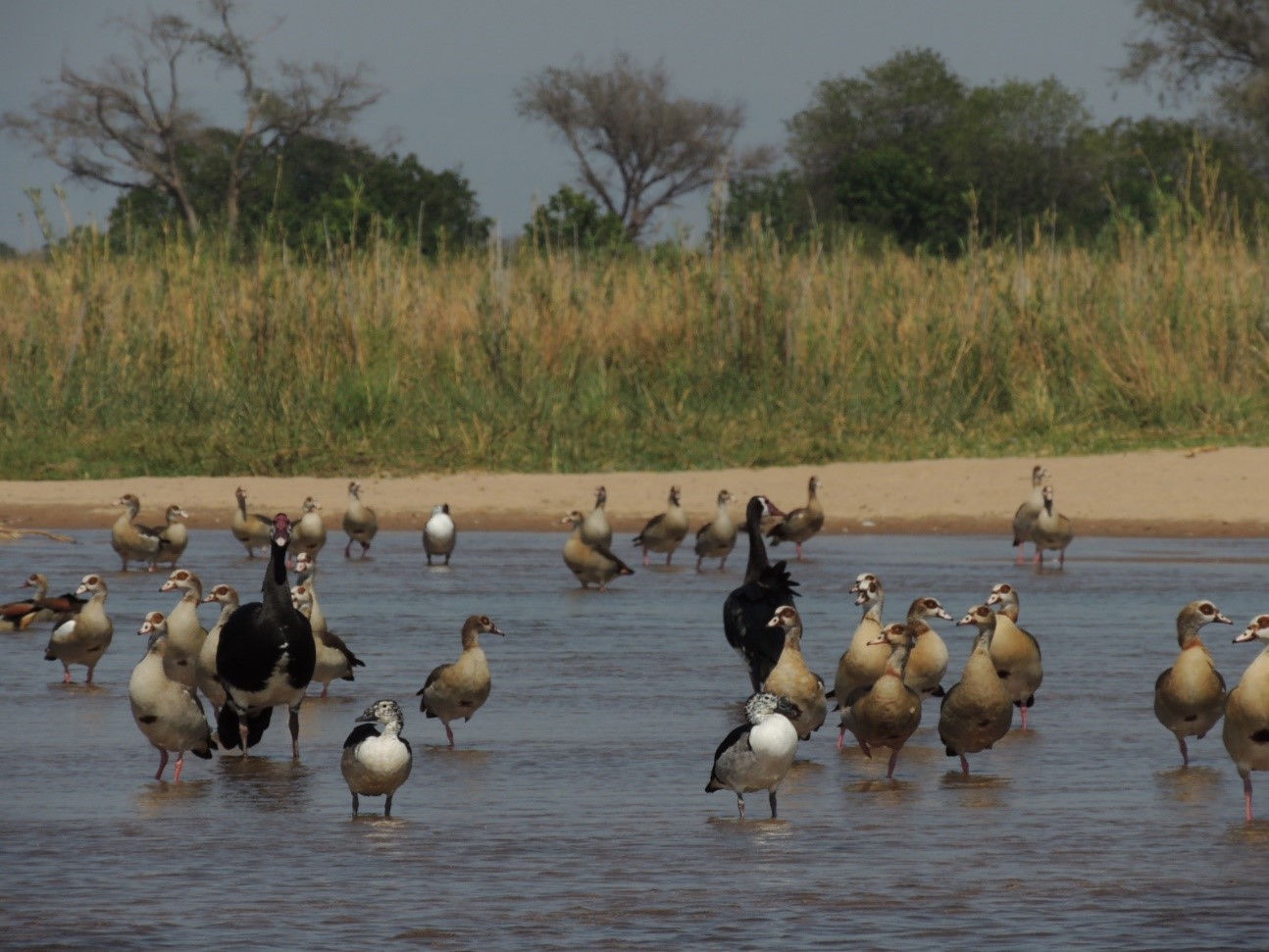A study led by scientists from the Doñana Biological Station – CSIC revealed that the richness of land use is a determining factor in the bird taxonomic and functional richness in a given region and that this relationship is independent of the net primary productivity of each area. These findings have been published in the journal Nature Communications.
To reach this conclusion, information about the distribution of all bird species worldwide were obtained and ecological and morphological traits of each species, which define their function within the ecosystem (e.g. whether they are pollinators, insectivores or granivorous) were also studied. From this information, an estimate of bird species diversity and their differences in traits was obtained for each of the approximately 100 km grid cell into which the globe was divided. Both variables were related to land-use diversity obtained from satellite images and other environmental variables such as primary productivity and median annual precipitation and temperature, calculated for each grid cell.
"Theory predicts that species diversity increases as landscape diversity grows, and thus the diversity of niches for species also increases. However, this relationship is not mediated by habitat quality. Our study shows that the existence of a greater land-use diversity per se promotes greater species richness and that these species fulfil different function within the ecosystem", says Carlos Martínez-Núñez, a researcher at the Doñana Biological Station and lead author of the study.
This point is extremely important in terms of conservation since biodiversity management is not simply about preserving large areas in a specific environment. "Land-use diversity on a regional scale determines the number and identity of the species that can be found in a given place and this pattern is repeated in different geographical areas. It is not specific to a certain continent", adds the researcher.
This study shows that landscape homogenisation is a threat to regional biodiversity. The association between land-use diversity and species richness indicates that the number of species that can be found at a local level is limited and a "saturation" effect rapidly takes place. "The diversification of environments and land-uses promote the arrival and establishment of other species with unique traits, thus increasing species diversity at the regional scale. This explains why functional richness (trait diversity) increases faster than taxonomic diversity", concludes Vicente García Navas, Ramón y Cajal researcher at the Doñana Biological Station.
Future studies should determine whether the association found in this work can be extrapolated to other faunal groups, as well as the concordance between areas with greater land-use diversity and those catalogued as protected areas.
Martínez-Núñez, C., Martínez-Prentice, R. & García-Navas, V. (2023). Land-use diversity drives regional bird taxonomic and functional richness worldwide. Nature Communications, 14: 1320.
https://www.nature.com/articles/s41467-023-37027-5
Contacto
Estación Biológica de Doñana – CSIC
https://www.nature.com/articles/s41467-023-37027-5








 Las altas temperaturas están provocando que las lagunas y las marismas de Doñana pierdan agua rápidamente
Las altas temperaturas están provocando que las lagunas y las marismas de Doñana pierdan agua rápidamente



